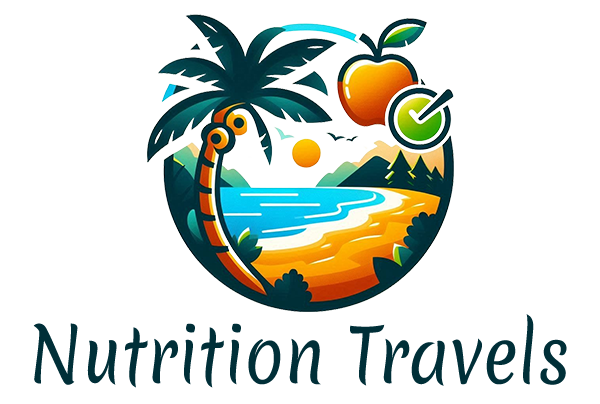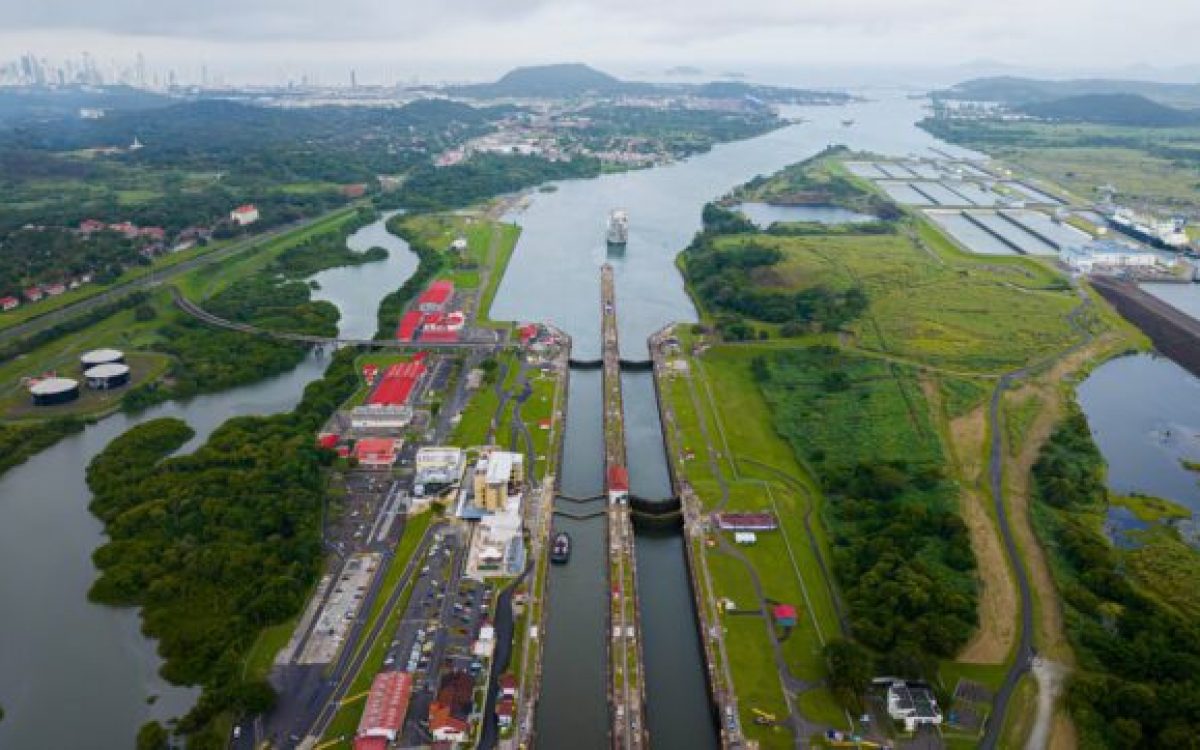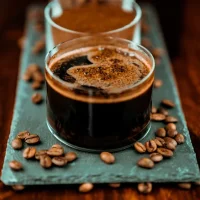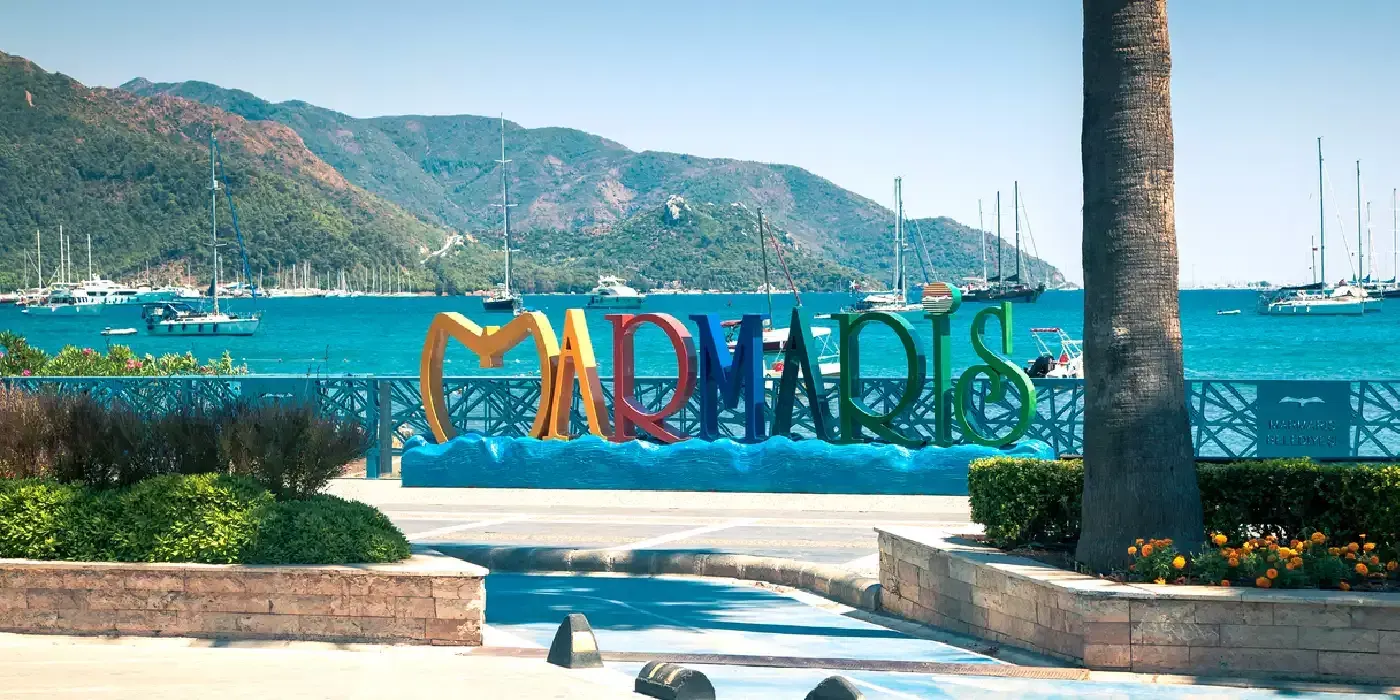Few places in the world capture the imagination quite like Panama — a country where two oceans shake hands, where skyscrapers rise beside tropical rainforests, and where centuries of history blend effortlessly with modern innovation.
Panama is more than just a bridge between the Atlantic and the Pacific — it’s a bridge between cultures, between nature and progress, between the past and the future.
So, pack your sense of adventure — because this journey will take you from bustling city streets to untamed jungles, from engineering wonders to ancient traditions still alive today.

Panama City: A Skyline Between the Sea and the Jungle
Your adventure begins in Panama City, the dazzling capital that perfectly embodies the country’s contrasts.
The first thing you notice? The skyline — a glittering forest of glass towers stretching along the Pacific Ocean, rivaling Miami or Dubai in modernity and ambition.
But just beyond the high-rises lies Casco Viejo, the city’s historic district and a UNESCO World Heritage site. Walking through its narrow cobblestone streets feels like stepping back in time — colorful colonial buildings, hidden courtyards, charming cafés, and rooftop bars overlooking the modern skyline across the bay.
Here, you’ll hear salsa rhythms spill out of old balconies, taste the local ceviche by the waterfront, and feel how Panama’s soul beats in perfect harmony between old and new.
Don’t miss the Metropolitan Natural Park right in the heart of the city — a lush rainforest reserve where you can hike among toucans and monkeys while skyscrapers glimmer in the distance.
Panama City is not just a place to visit — it’s a place to feel alive.

The Panama Canal: Where the World Comes Together
No trip to Panama is complete without witnessing one of humanity’s greatest engineering marvels — the Panama Canal.
Opened in 1914, this 80-kilometer waterway connects the Atlantic and Pacific Oceans, changing global trade forever.
At the Miraflores Locks, you can watch massive cargo ships slowly rise and fall through the locks, a mesmerizing dance of precision and power. The visitor center offers interactive exhibits and a panoramic terrace where you can truly grasp the canal’s scale and ingenuity.
But the canal isn’t just a mechanical wonder — it’s a symbol of Panama’s spirit. It represents persistence, creativity, and the ability to connect worlds. The people of Panama proudly reclaimed full control of the canal in 1999, turning it into one of the nation’s strongest economic and cultural symbols.

Beyond the City: A Paradise of Nature
Step outside the capital, and Panama transforms into a playground for nature lovers.
Just a short drive away lies Soberanía National Park, one of the most biodiverse areas in Central America. Here, howler monkeys call through the treetops, sloths nap lazily, and hundreds of bird species paint the sky with color.
If you crave adventure, head to Boquete, a charming mountain town nestled in the highlands near the Barú Volcano. The air is cooler here, the coffee plantations are world-class, and the hiking trails lead to breathtaking views above the clouds.
For those drawn to the ocean, Panama’s coasts deliver pure magic.
On the Caribbean side, the San Blas Islands — an archipelago of over 350 islands — are a slice of heaven. White sands, turquoise waters, and the warm hospitality of the Guna Yala people create an experience that feels both sacred and serene.
On the Pacific coast, surfers flock to Santa Catalina for its powerful waves and laid-back vibe, while Pearl Islands tempt visitors with hidden coves and crystal-clear waters.
Panama may be small, but it feels like an entire continent’s worth of beauty packed into one destination.
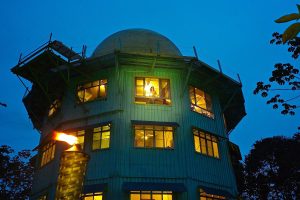
The Flavor of Panama
Panama’s cuisine is as diverse as its landscape — a delicious fusion of Latin, Caribbean, and global influences.
Start your morning like a local with Panamanian coffee, especially from Boquete, known as one of the best coffee regions in the world. Its smooth, aromatic flavor is the perfect companion to a sunrise over the mountains.
For lunch, try sancocho, a traditional chicken soup flavored with cilantro and yuca — comforting, hearty, and deeply Panamanian. Street food lovers will enjoy empanadas, patacones (fried plantains), and ceviche made fresh by the waterfront.
In Panama, every meal tells a story — a blend of indigenous heritage, Spanish traditions, and Caribbean flair.
Wildlife Encounters Like No Other
Panama isn’t just for city lovers or beach seekers — it’s a paradise for wildlife enthusiasts.
Visit Gamboa Rainforest Reserve, where you can take a boat through the Panama Canal’s Gatun Lake and see crocodiles, tropical birds, and even curious capuchin monkeys up close.
Or explore the Darién National Park, one of the most untouched jungles in the world, home to jaguars, harpy eagles, and indigenous Emberá communities who live in harmony with the land.
In Panama, nature doesn’t whisper — it sings.

A Bridge Through Time and Culture
Panama’s strength lies not only in its geography but in its diversity.
Here, indigenous cultures, Afro-Caribbean traditions, and modern global lifestyles coexist in perfect rhythm.
You’ll meet locals who are proud of their roots yet open to the world, always ready to share a smile or a story. From traditional dances in the Azuero Peninsula to the cosmopolitan nightlife of Panama City, the country’s energy is contagious.
Panama is a place that teaches you balance — between progress and preservation, between ambition and peace.
Travel Tips for Visiting Panama
- Best time to visit: December to April (dry season) for sunny skies and calm seas.
- Currency: The U.S. dollar is widely used alongside the Panamanian balboa.
- Getting around: Uber works well in the city; for rural areas, rent a car or hire a guide.
- Language: Spanish is the official language, but English is commonly spoken in tourist areas.
- Safety: Panama is generally safe, but always stay aware in crowded places.
Panama isn’t just a country — it’s an experience that stays with you.
It’s the sound of ships echoing through the canal, the taste of tropical fruit by the Caribbean, the rhythm of salsa under a starry sky. It’s a land where nature and progress hold hands, and every sunrise feels like a promise.
When you leave Panama, you don’t just carry souvenirs — you carry a new perspective, a reminder of how beautifully diverse and connected our world can be.
Discover the magic of Panama and beyond with Nutrition Travels — where every journey becomes a story worth living.
